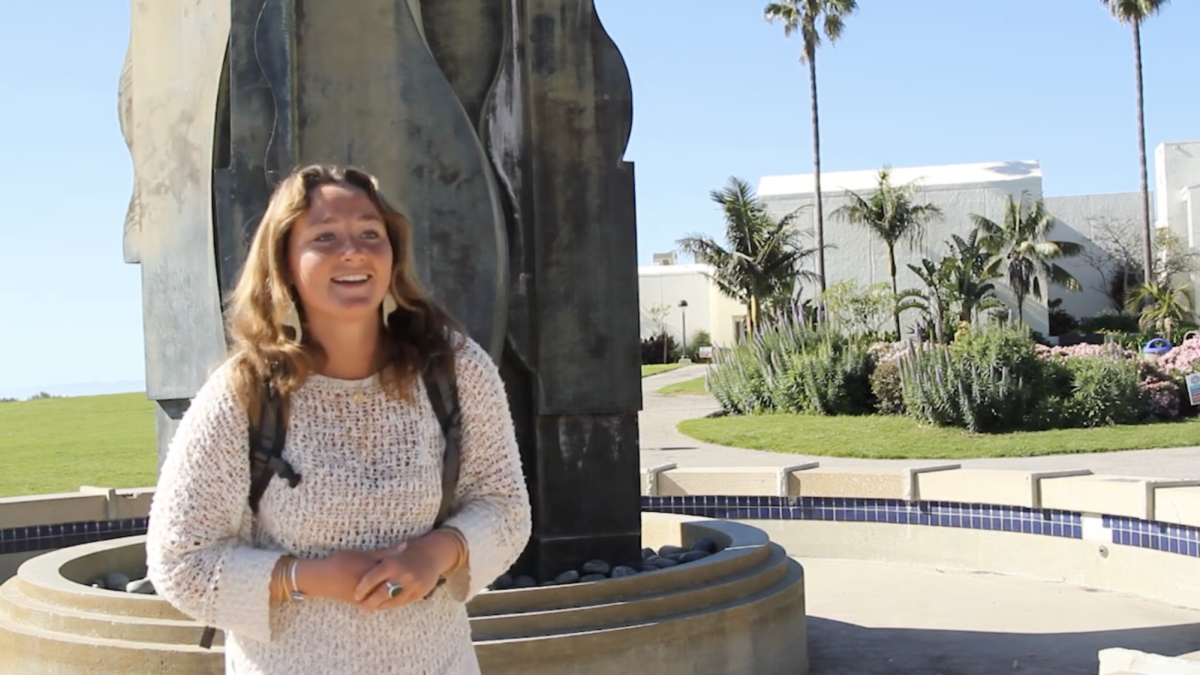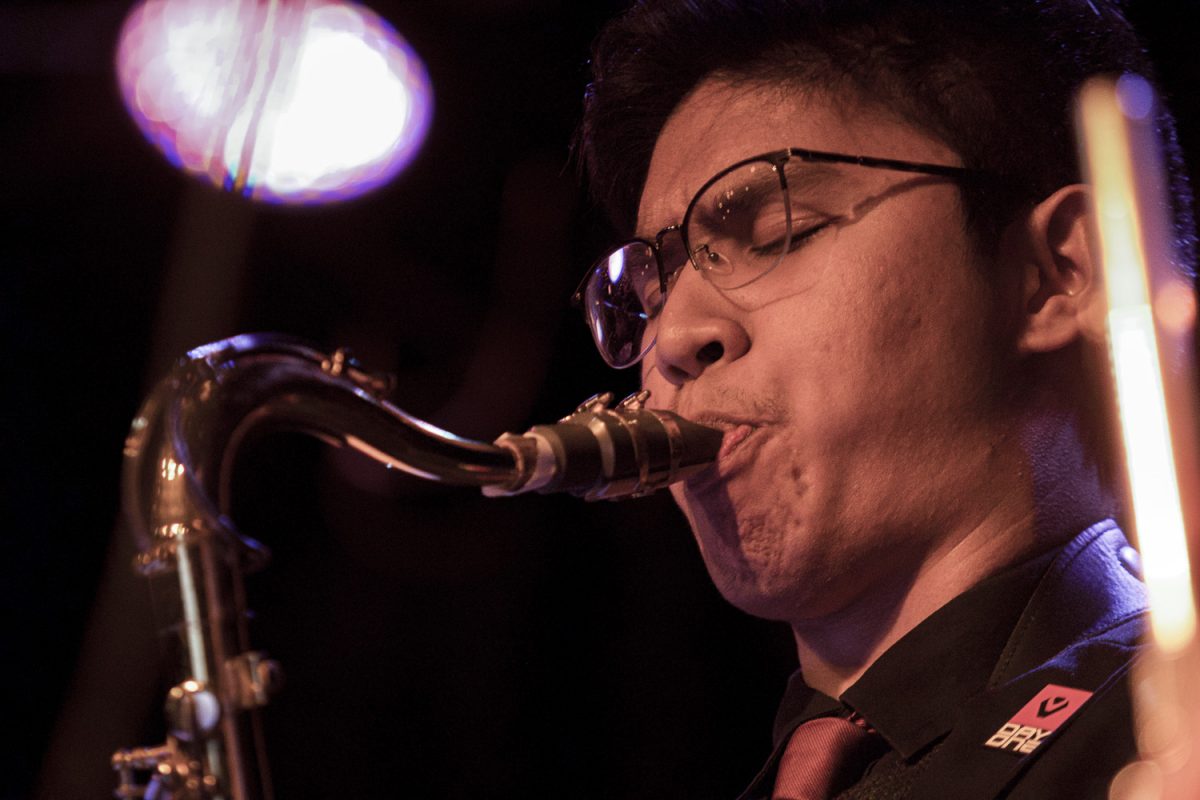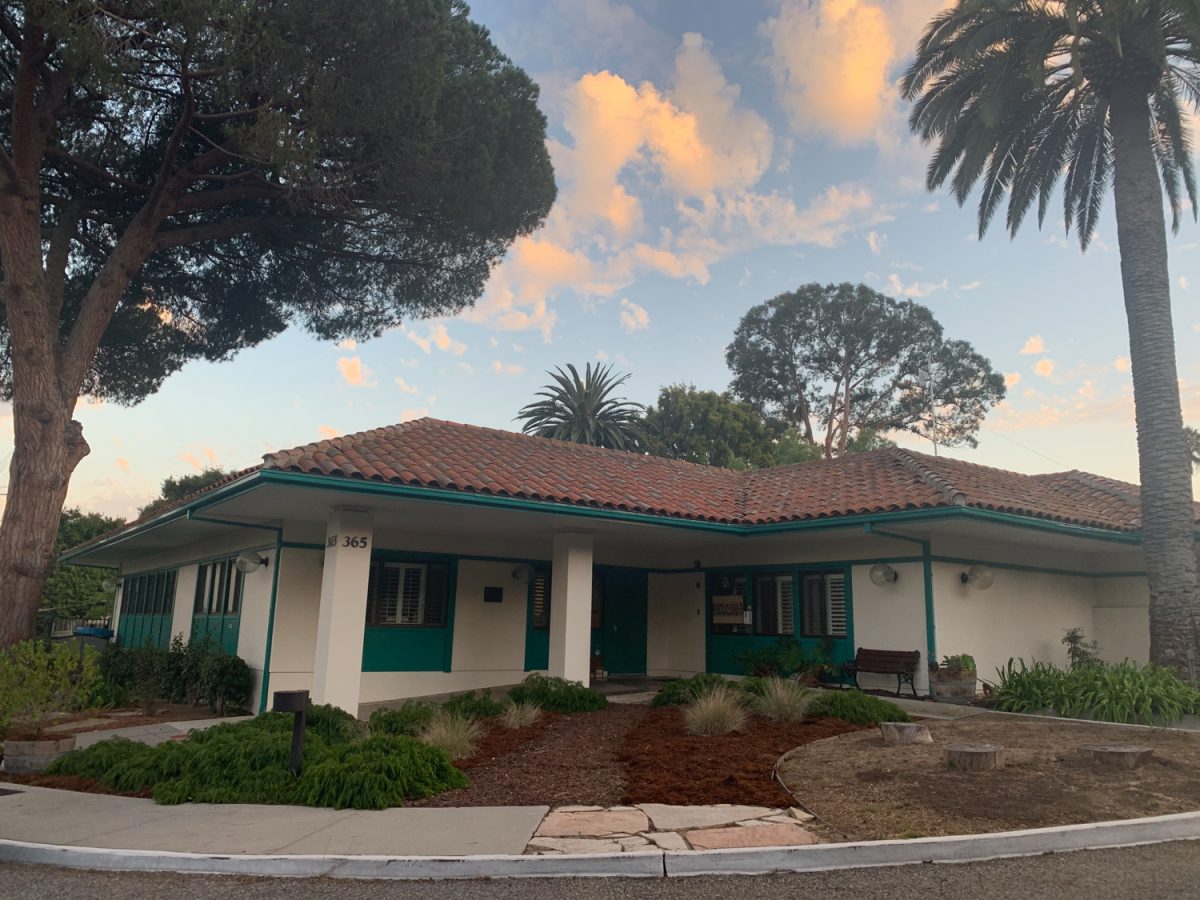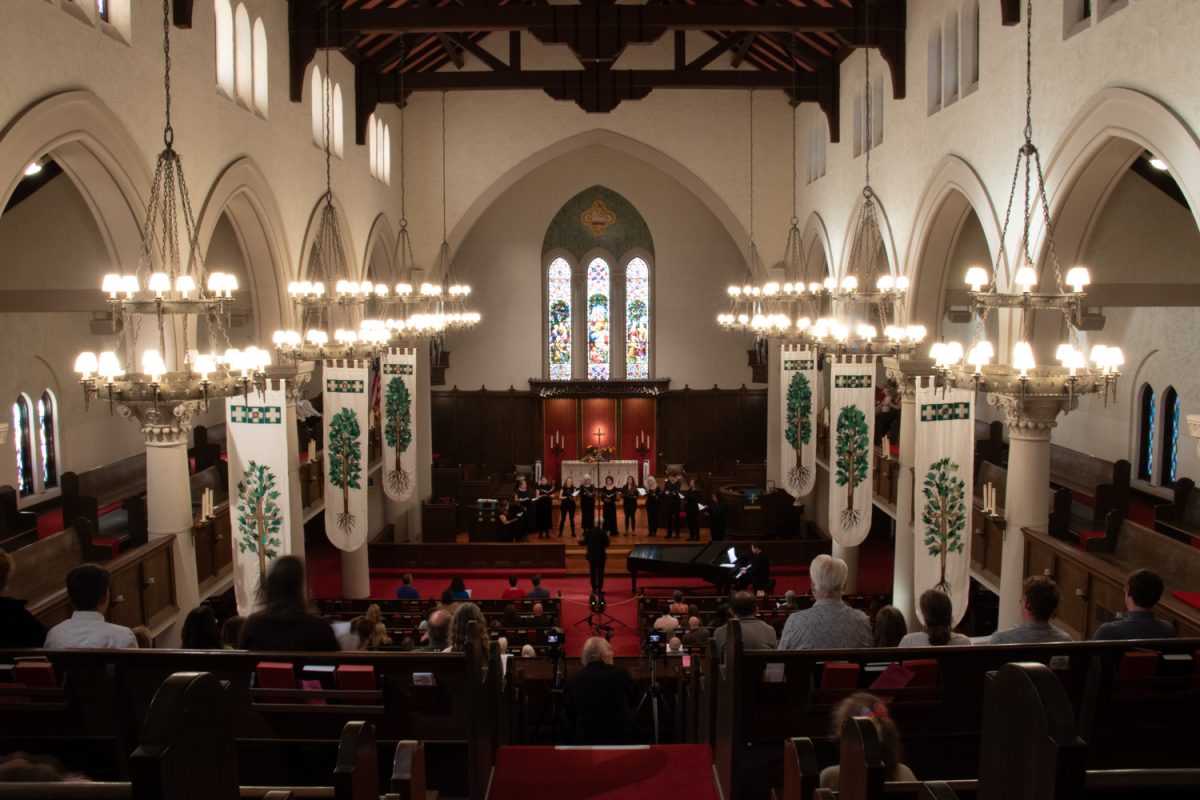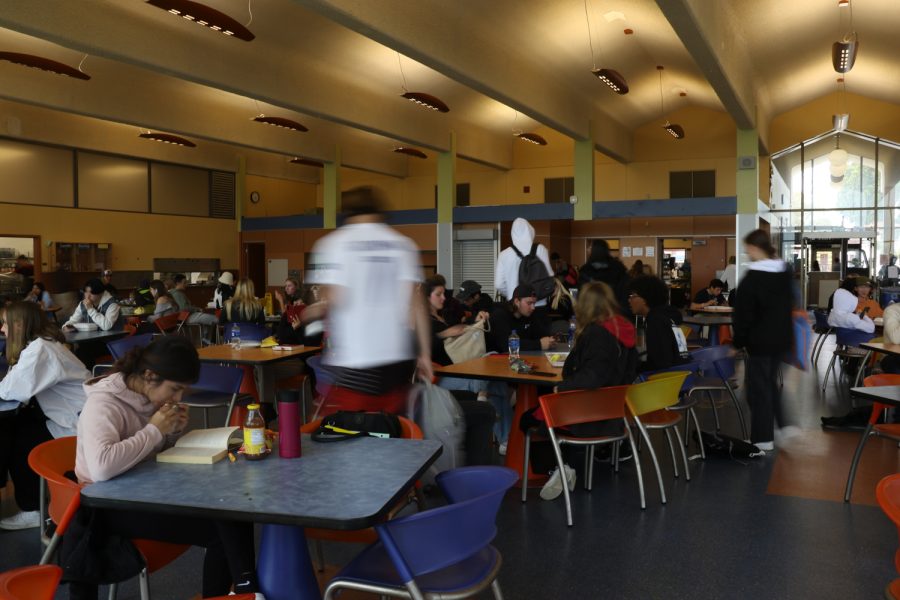It’s not often you find yourself in a plush reclining chair, listening to soothing music and watching the sunset at the first half of a college class. This is the case in the introductory astronomy lab, held at the Santa Barbara Museum of Natural History’s Gladwin Planetarium and offered to all City College students as Earth 102.
“We will draw attention to things you’ve seen all your life, but never took note of,” explained Professor Erin O’Connor to his students. Students are introduced to ancient Greek mythological characters and astrological signs while taking note of various constellations in the current Santa Barbara night sky.
For those who are scared off by the sounds of “Introductory Physics” or “Biochemistry 101,” an alternative exists. Along with its lecture corequisite, the astronomy lab satisfies IGETC’s “science with a lab” transfer requirement for most of California’s public universities.
“A friend recommended the class to me and said it was a good lab,” commented sophomore Katy Henry. After taking the lecture course last semester, she was excited to experience firsthand what she learned earlier in the year.
To many students’ delight, “firsthand” in introductory astronomy is nothing like carving a frog in biology or singeing your eyebrows in chemistry lab. Students make use of the planetarium by discovering stars, constellations, seasons, moon phases, and planet motions. No guts or flesh eating chemicals to beware of.
After an hour or so in the planetarium, students head outside for some fresh air, and hands-on experience with state-of-the-art telescopes, star charts, and azimuth and altitude star finders. Over the course of the semester, they will observe planets, galaxies, nebulae, clusters, supernovae and other astronomical objects, tracking and discussing their movements.
An unconventional class such as this has its difficulties to teach, but O’Connor finds it rewarding. “Introductory astronomy often gets students excited about science early in their academic careers,” he said. “I have had students who have said that the class helped them decide on majoring in a science, or in taking more science. I have also had students who have taken my class in the past say the following to me: ‘I took your astrology class and my favorite part was the cosmetology,'” he laughed. “I guess I should give horoscopes and do people’s hair…hmmm…perhaps they meant ‘astronomy’ and ‘cosmology.’ “
Students interested in astronomy are encouraged to sign up for the lecture and lab early on, as the classes are consistently full. Interest has led to the addition of more classes, but many students are waitlisted.
For those unable to get into Earth 101 or 102, or interested in other similar classes, O’Connor also teaches another course entitled Earth 105, “Black Holes and the Origin of the Universe.” This course spends a whole semester on what he refers to as the “cool stuff” of astronomy, such as black holes, cosmology, time travel, and quantum mechanical tunneling. Without any science or math prerequisites or even completion of Earth 101 beforehand, Earth 105 offers an interesting elective opportunity.
Bringing experience from nearly 20 years of teaching, O’Connor delights students and keeps them moving forward. Students in the class described him as “witty and outgoing.” Along with teaching, he is also involved in organizing earth science trips to the Eastern Sierra, Death Valley, and the famous national parks of the Western United States and Canada. Bringing along telescopes and laser pointers, students have the opportunity of viewing the night sky “away from the city lights and coastal haze,” said O’Connor.
Check out fieldstudy.com and consider this impressive lineup of earth science courses and firsthand opportunities.


